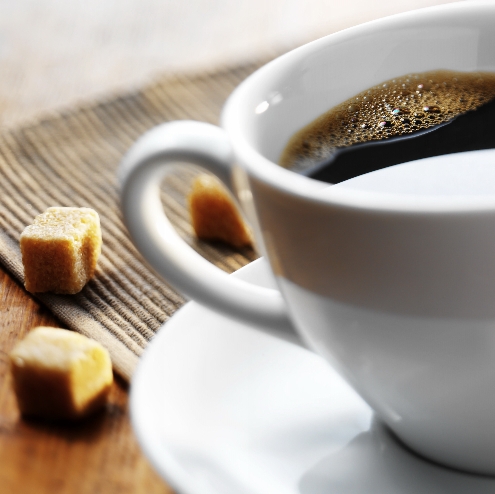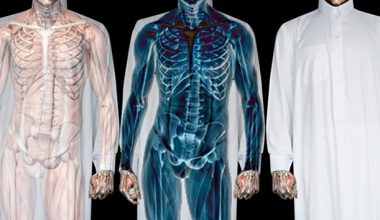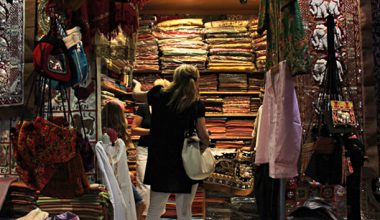
At the end of a busy working day, or on a lazy weekend afternoon, there's nothing more appealing than unwinding at the local coffee-house with a nice steaming mug of coffee.
Said to have originated in Turkey at the turn of the 16th century, it turns out the concept of the coffee-shop had made it's mark way before the debut of the infamous Central Perk of F.R.I.E.N .D.S fame.
Here in the Gulf we're spoilt for choice when it comes to our pick of cafes; whether it's a quick catch-up chat with a few friends or a spot to schedule a study group, we've got ourselves an assortment of the local set-ups as well as the big shots of the trade to choose from.
Cafe' culture of late however, is becoming more about the meet-ups and less about the coffee. Especially in this part of the globe where the phrase 'let's do coffee' is synonymous with 'let's do sheesha!'
How many of us actually know what exactly goes into our daily cuppa? Where does it come from, and how does it get here? What difference does it make if we ask for a Latte' or a Cappuccino?
Eva and her team from Caribou Coffee were more than happy to assist in our quest for answers.
Khaleejesque Team: Why don't you start off by telling me the basic differences between the infamous trio of the coffee-world; the espresso, the cappuccino and the latte'?
Eva: Well, Espresso is a pure coffee extract without milk; the 'real deal.'
The latte' comprises of 1 part espresso and 2 parts milk; a silky smooth blend.
The cappuccino on the hand comprises of 1 part espresso, 1 part milk, and 1 part froth (milk foam); a latte' without the training wheels.
KT: What would you say is the most popular in the region?
Eva: Most customers (especially the regulars) tend to stick to the trio, with the ever-so-dependable cappuccino being the hot (pun intended?) favourite.
It's a shame though, as there's so much more a cafe' has to offer. The Coolers (chilled, flavoured coffee drinks), our very own Snow drift( milk based, iced-coffee drinks with flavours), and Smoothies when more in the mood for something fruity.

KT: We don't appreciate enough, the detail that goes into our daily brew. Can you tell me how my coffee got here in the first place?
Eva: You'd be surprised at how much process and detail is involved in producing what you're drinking right now. There are many stages:
- Selecting the bean – South American countries like Costa Rica and Guatemala are known as the prime exporters of coffee. We import most of our beans from there. The green (unroasted) bean is of two types; the Arabica and the Robusta. And it is the 'Roastmasters' job to select the best kind of each.The Arabica is more flavourful, and as it is gown at higher levels than the Robusta, the beans take longer to mature which intensifies the flavor.
- Processing – Ripe coffee 'cherries' now have to be processed. This involves first cutting the skin of coffee cherries and allowing the remaining fruit to ferment until it can be easily washed off. This exposes the beans which are then dried in the sun until they crack open, retaining the clarity and brightness of the natural flavours of the coffee.
- Preparation: After the beans are processed, they are sorted according to size, density and defects.
- Blending – A distinct mix of different unroasted coffees has to be concocted to make a signature blend. For this our Roastmasters spend weeks tasting, tweaking and sourcing beans from all over the world until they're satisfied with the final blend to carry the signature taste.
- Roasting – And finally the beans are roasted; either for longer periods of time resulting in a 'dark roast', or for lesser duration resulting in a 'light roast'. Light roasts are generally higher in caffeine whereas it's darker counterpart is stronger in flavor. Coffee roasting is done daily in-house so that our customers get to savour a fresh brew. We serve light roast coffees in the morning since most customers want that wake-up 'kick' in their morning cup, and dark roast coffees in the evening when customers are most likely to actually enjoy the flavour.
KT: How can you tell a good coffee from a bad one?
Eva: A coffee should have the following pre-requisites; it shouldn't be too bitter, it should have a smooth texture, a fine distinct aroma, and a creamy feel on the tongue.
So there you have it. That half-empty mug in our hands is no longer just another cup of coffee, but a whole new character deserving of it's own biography.
Next time you order your daily dose of 'Java', take a moment to reflect on how it got there in the first place.
Image Credits: Coffee
– Shaahima Fahim







